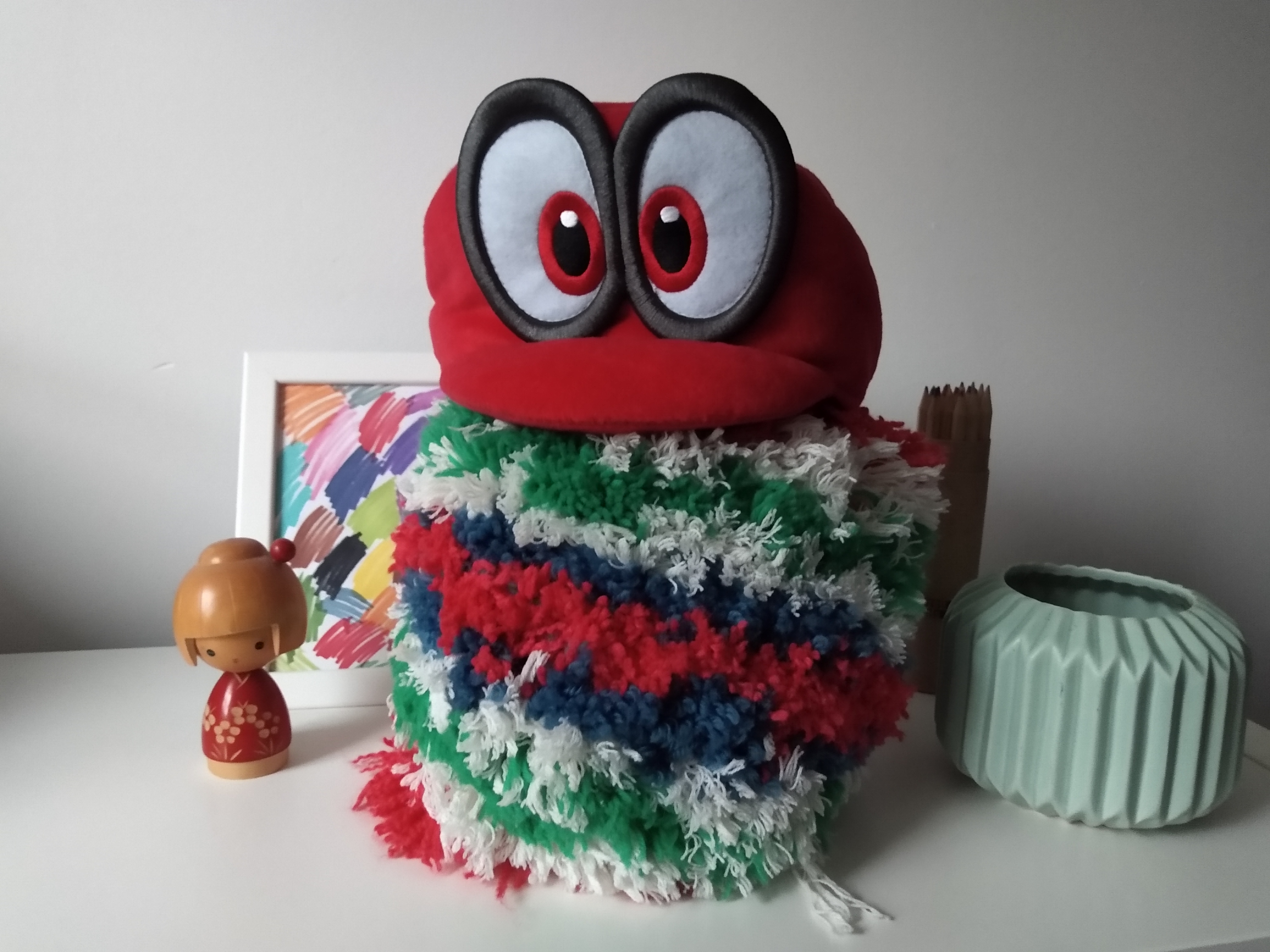Why you can trust TechRadar
Battery life
- 3,000mAh battery yields impressive results
- TurboPower charges very quickly
With a fairly low-power chipset, a 720p display and a no-nonsense Android OS, you’d expect the Motorola One’s 3,000mAh battery to last you comfortably through a full day. We’re glad to report that this is indeed the case.
With light usage, you’ll conceivably be able to get through two full days before you need to recharge. On a couple of particularly uneventful days when using the Motorola One as a second phone, we got from 9am to midnight with around 70% left in the tank.
On more intensive daily driver days, the tank emptied much faster. While we still didn’t find ourselves exactly sweating over battery life in such situations, most people will find it to be a charge-every-nighter. Which is fine.

Our regular video test entails a looping 90-minute 720p video with the screen brightness cranked up to max. The Motorola One lost a consistent 17% of its charge in this test. That’s far from spectacular, but it’s also the exact same result as we got with the Huawei P20 Lite.
The Moto G6 Plus, meanwhile, lost 20% of its juice in this same test.
Stamina varies depending on your usage then (shocker), but one thing that remains consistent is the speed at which the Motorola One regains its charge. Motorola’s TurboPower charger has long been one of the most consistent fast-charging systems out there, snagging you up to 6 hours of power in just 20 minutes.
Camera
- 13MP and 2MP dual-camera just about reaches par
- 8MP selfie cam
The Motorola One packs a dual-camera set-up, but that’s pretty much table stakes here in the closing months of 2018.
Sign up for breaking news, reviews, opinion, top tech deals, and more.
In case you haven’t been keeping abreast of this technique, the Motorola One packs one main 13MP camera and one 2MP assistant. The latter provides the former with added depth information, which opens the door for a couple of neat photographic tricks.
The most commonly applied (and least gimmicky) of these is a portrait mode, which accentuates the blurry background effect, thus making the subject pop more than usual.

This is far from the best example of this technique that we’ve seen. Too much of the subject tends to be lost in the artificial bokeh effect for our liking. This can be partially mitigated by lessening the effect with a slider, but it feels rather imprecise.
One camera feature we did rather like here was Spot Color, which lets you draw out items of a particular color in a picture. The rest of the photo is rendered in moody black and white.
How many of your day to day shots you’ll actually want to do this with is another matter, of course. But it does what it sets out to do pretty effectively.

When it comes to those day to day shots, the Motorola One is… alright. Feed it with plenty of light and avoid lots of movement, and you’ll get some satisfying results.
In anything less than optimal lighting, the noise begins to encroach - whether that’s a night time shot with lots of artificial lighting sources, or the kind of slightly murky indoors snap that tends to fill most photo timelines.
There’s an automatic HDR mode, which is a welcome provision, but we found that it didn’t always kick in when we wanted it to. Successive landscape shops with bright cloudy skies failed to boot it into life, so we found ourselves manually switching it on.
When we did that, the shots were generally improved, if occasionally a little unnatural-looking.

Overall the Motorola One’s main camera is perfectly acceptable. But it’s worth noting that similar money can snag you an Honor 8X with a 20MP/2MP combo and the company’s smart AI-assisted camera UI. The Xiaomi Mi A2 camera also produces sharper results.
One advantage the Motorola One has over that phone is 4K video capture. You also get Google Lens front and center, which lets you do things like copy text, identify objects and media, and scan barcodes.
Oh, and there’s an 8MP selfie camera, if you’re into that sort of thing.
Camera samples








Current page: Battery life and camera
Prev Page Introduction, key features and design Next Page Anything else I should know?
Jon is a freelance journalist who has been covering tech since the dawn of the smartphone era. Besides TechRadar, his words and pictures have appeared in The Telegraph, ShortList, Tech Advisor, Trusted Reviews, Expert Reviews, and more. He largely covers consumer technology, with a particular focus on smartphones and tablets. However, he's also been known to dabble in the worlds of entertainment and video games.
